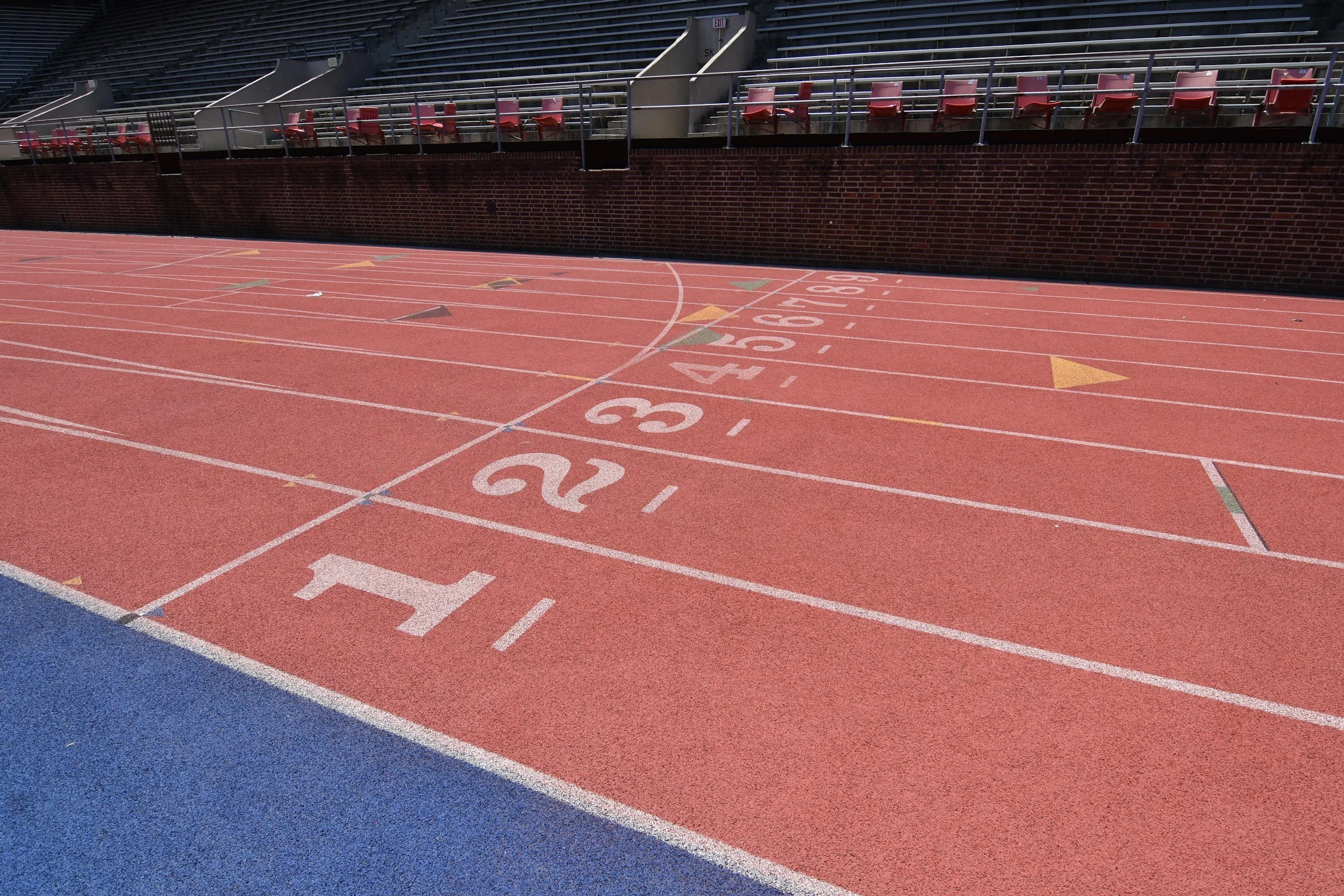12 Minute Full Body Conditioning Workout
12 minute full body conditioning workout. No need for the gym or any equipment.
Full body conditioning is critical if you want to be a top performing Track and Field athlete.
Every event from pole vaulting to discus throw requires that you use muscles from your upper body, core, and lower body as one flowing unit.
Jump to the workout.
If you are not a track athlete having full body strength and mobility is important for every sport and is essential for maintaining physical health.
This 12-minute full body conditioning workout, what we like to call the 12 min Full Body Shred, is a high intensity time-based workout that will engage all your muscles.
This 12 min full body conditioning workout will especially develop your abdominal muscles, hip flexors, biceps, and glutes. Most importantly, it conditions your body to engage multiple muscle groups for quick reps at high intensity.
All the exercises done for forty-five seconds are followed by 15 seconds of rest.
During the 45 seconds of activity, you should try to do as many reps of the exercise as possible. Aim for speed and proper form for each exercise.
During the rest, take deep breaths and prepare your mind for the next exercise.
12 Min Full Body Conditioning:
45 sec Pushups, 15 sec rest
45 sec Bodyweight Squats, 15 sec rest
45 sec V- Sits, 15 sec rest
45 sec mountain climbers, 15 sec rest
45 sec Crunches, 15 sec rest
45 sec Burpees, 15 sec rest
45 sec Superman, 15 sec rest
45 sec Toe Touches, 15 sec rest
45 sec Wide Pushups, 15 sec rest
45 sec Alternating Lunges, 15 sec rest
45 sec Cossack Squats,15 sec rest
60 sec side plank (30 sec each side)
Android users check out this article for a great interval timer.
You can do this full-body circuit as an independent workout. You can also try integrating this workout to the end of your regular conditioning routine for increased intensity.
Keep reading for additional tips and instructions for these exercises.
Push Ups:
Modifications can be made by doing pushups on your knees, one handed, clap pushes, etc.
Be sure to engage the core as you do these. When doing push-ups for time, it can be easy to become overwhelmed. A helpful tip is to focus on breathing out as you lower into the push-up and breathing in as you return to the plank position.
Wide Pushups:
Keep all the same form and technique from a regular push-up. Now, instead of your hands being shoulder width apart, place you
L- Overs:
When doing this exercise, focus on trying to keep the legs together and straight. This will be difficult at first, but over time as your core and legs become used to the rigor of the motion it will become easier.
(Visual: https://www.youtube.com/watch?v=6HaMgb-3Idg)
Superman:
This exercise recruits important muscles in the back that work hand in hand with abdominal muscles. Ensure that your spine stays neutral and avoid craning your head towards the sky.
Visual: https://youtu.be/VUT1RHyMEuc?t=32
Toe Touches:
When doing toe touches, legs can be bent to make the action easier. To increase difficult a weight (5 – 10 lbs) can be held in the hands during this exercise.
(Visual: https://www.youtube.com/watch?v=eazQpjRjy2U)
Cossack Squats:
Start in a very wide stance with your feet tilted outward. Squat over one leg. Keep the leg you are squatting over aligned from hip to knee. Proceed to squat and rotate your hip downwards, ultimately bringing your tailbone close to your hip. Sit into your hips with your back straight. Hold this position temporarily. Then, push back to your starting wide stance position. Repeat on the other leg.
Side Plank:
Modifications to make the exercise less difficult can be done by planking on your knees or placing your hands on your hips.
To increase the intensity of this exercise, lift your hand up towards the sky.
As when you do normal planks, ensure your body resembles a straight line, as much as possible. Extra attention will need to be focused on preventing your hip from dipping closer to the ground.
Disclaimer: All exercises have the potential risk of injury. Do not use these exercises as medical guidance. You should consult with your doctor, as needed, before engaging in a new fitness routine. See our Terms of Use for more details.






























